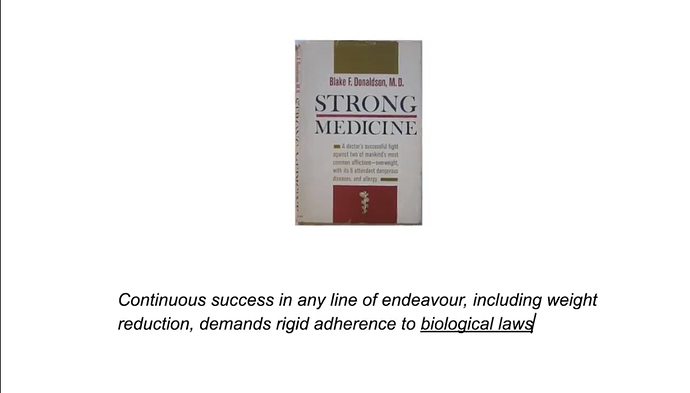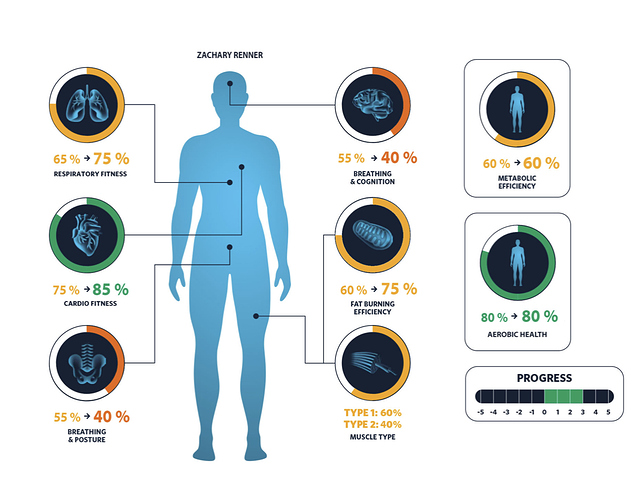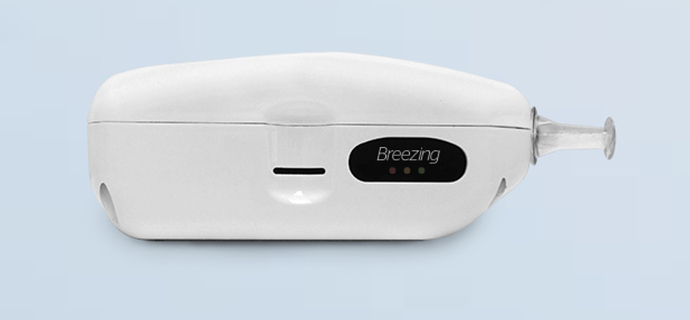Basics for the Non-Technical - Understanding Why We Get Fat AND Hungry
Some entertaining fun with chemistry.
Finally, Dr Meerman is a physicist and admits he knows squat about ketosis. So take his final advice to eat less and move more with that in mind. It is good advice to keep breathing!
Before I watch the video ( Fat and Hungry ), does it have anything to do with lacking essential nutrients?
There’s a lot about those videos is right but his “eat less and move more” shows that while he knows where the fat goes when it’s eliminated, he doesn’t really know how to get it out of the fat cells. Too bad. This would be a much better video if that last bit of advice wasn’t so wrong
I noted that. He admits he doesn’t know anything about metabolism. He’s a physicist and shows how fat ends up exiting the body. As you say, though, he doesn’t know how it gets to the exit. For him, apparently, eat less and move more seemed to work. See this for why that might be valid for him:
It will work, but at what cost? An un-sustainable diet that doesn’t satisfy, is nutritionally deficient and leads to health problems like heart disease?
I guess i should watch the video, but did the author say how long they had kept the weight off?
@OldDog The first video is, in my opinion, an excellent introduction to the mechanisms of how carbs become fat with a minimum of technical jargon. I posted it here for the benefit of newbies and others who basically have zero concept of what’s going on. The second video is an entertaining lab experiment that shows where the fat goes when you ‘lose’ it. In the last couple of seconds the physicist presenter makes the comment “Eat less, move more and keep breathing.” That doesn’t invalidate the chemistry he just spent 15 minutes showing us. Plus, I think he intended it as a pun. “Keep breathing” gets a laugh from the audience. I think both videos are worth a view.
Reminds me if the joke about the Catholic priest pouring over the ancient archives and holy scripts… The head priest heard him wailing and crying and ran to see what was wrong. The priest kept saying over and over “they left out the R!!!”
The head priest asked him what he meant and finally the priest sobbed… “It was supposed to be celebRate!!!”
It is kind of like the eternal stock exchange ticker; every time you eat, you reset the clock:
…JENNY JUST ATE A DONUT…NOW SHE CAN’T…EAT AGAIN FOR 24 HOURS*…
*24 hours if Jenny does no physical activity or lays in bed all day on our imaginary weight exchange ticker.
Now if Jenny walked for an hour she might burn off that donut in one hour.
If Jenny maintained a certain posture that increased her heart rate and breathing, she might burn off that donut in a half hour.
If Jenny put resistants against muscle tissue she might burn that donut off in 15 minutes.
We are only counting the donut as an imaginary marker of what’s going into an energy system and the possibility of what’s coming out? (mechanical, electrical {thermal dynamic} & chemical)
Breathing out fat? How many breaths does it take on an individualized basis of metabolism to burn one donut?
Example inhalation’s & exhalations ratios:
500 breaths for a muscular person to burn one donut of energy? (without exercise RMR/BMR)
6000 breaths for an obese person to burn one donut of energy? (without exercise RMR/BMR)
There is only one thing apps don’t do, is calculate the entire metabolism (customized to individual metabolic needs) which is possible:
image link image link



